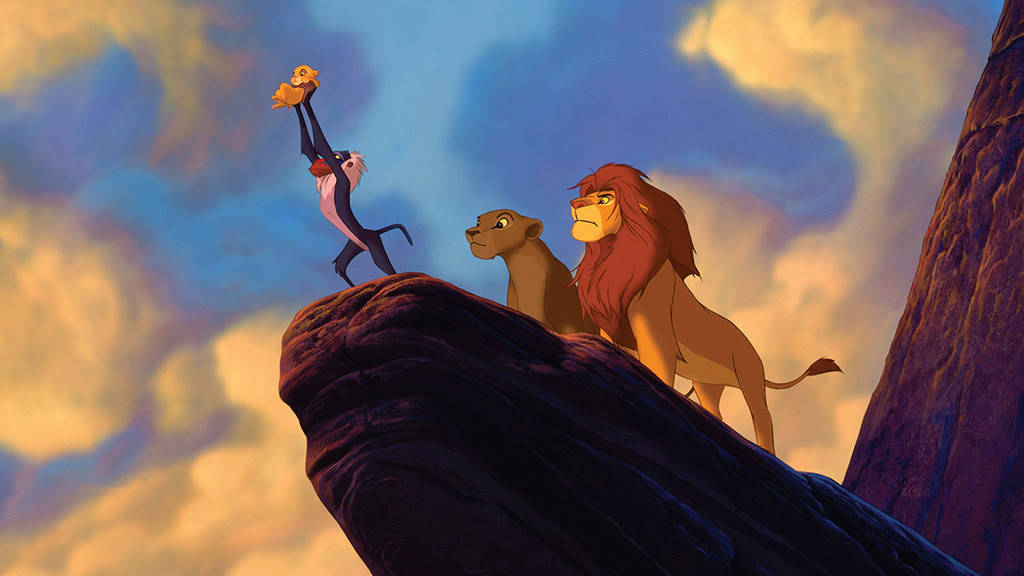
c/o eonline.com
As the movie industry shifts and evolves, its rating system has been constantly evolving alongside it, especially in terms of animated movies and the PG rating. The PG rating has a completely different connotation now than it did a few decades ago, chiefly with regard to Disney movies.
Here’s some context: in the 90s, Disney released movies with some questionable content, like “The Lion King,” where the protagonist’s death and corpse are portrayed onscreen, and “Tarzan,” which showed the villain accidentally hanged, his corpse depicted as a shadow. Even “The Hunchback of Notre Dame,” which is arguably one of the darkest Disney films, included religious taboo: the onscreen murder of a mother, the attempted murder of the mother’s child, and even a song called “Hellfire,” which centered on the main villain’s sinful lust for one of the other characters.
These three films were all rated G.
In more recent years, Disney has released movies like “Frozen” and “Inside Out,” which only include a few scenes that could be deemed scary or violent and a very small number of “adult” jokes, all of which resulted in a PG rating for both. Even “Casper,” whose light content is briefly graced by the words “bitch” and “damn,” received a PG rating for so-called “adult” content.
Funnily enough, there was one time before the 2000s when Disney did make a PG-rated movie called “The Black Cauldron.” Released in 1985 and the most expensive film ever made at that time, it flopped heavily at the box office and almost led to the end of Disney as an animation studio. But the addition of a new rating would soon make PG ratings a way for Disney to profit even more from its films.
This was the introduction of the PG-13 rating. Originally, the Motion Picture Association of America (MPAA) assigned a rating system that consisted of G, PG, R, and X ratings. However, due to movies such as the PG-rated “Indiana Jones: Temple of Doom,” which contained content more mature than average PG movies, but wasn’t extreme enough to merit an R rating, the PG-13 rating was born as a compromise in 1984 to satisfy the outraged parents that took their children to a PG movie and got far more than they bargained for. A few months later, the first PG-13 movie, “Red Dawn,” was released in theaters.
One of the first indications that PG-rated films were a profitable option for animation studios was the Dreamworks movie “Shrek,” which was rated PG for crude language and sexual innuendos when it was released in 2001. One of the few animated movies during the time to be rated PG, it earned an astonishing $484 million at the global box office.
The reason for this is that the PG rating is more marketable nowadays. G rated films are considered to be “kiddie” films, though prior to the 90s, G rated films had just as much mature content as the PG or even PG-13 films of today.
Now the animated movie medium is completely oversaturated with PG movies due to the rating having merely become synonymous with animated movies. The original meaning of the rating itself has been lost. It would appear that PG is simply the new G, with parents having no need to be with their children to guide them through some more mature content. In today’s PG movie, the most parents have to worry about is a few instances of “crude” humor and maybe one scary scene.
At the end of the day, it turns out that the PG rating is helping movies, especially Disney ones, become more marketable and subsequently more profitable. No matter how much parents and caregivers complain about the changing context of the PG rating in recent years, the animation medium has become more known and respected by society as a result. Additionally, modern American society has a different set of norms and values compared to a few decades prior. An animated movie like “The Hunchback of Notre Dame” would simply not be accepted as a G rated film in today’s American culture, and parents would be infuriated to have a supposedly “G for everyone” movie showcasing themes of lust and violence throughout the film.
Due to the shifting context around the PG rating, the modern animated film industry is earning more of a profit and has the potential to expand and revolutionize the medium of animation.
Dmitri Slory can be reached at dslory@wesleyan.edu.
Comments are closed